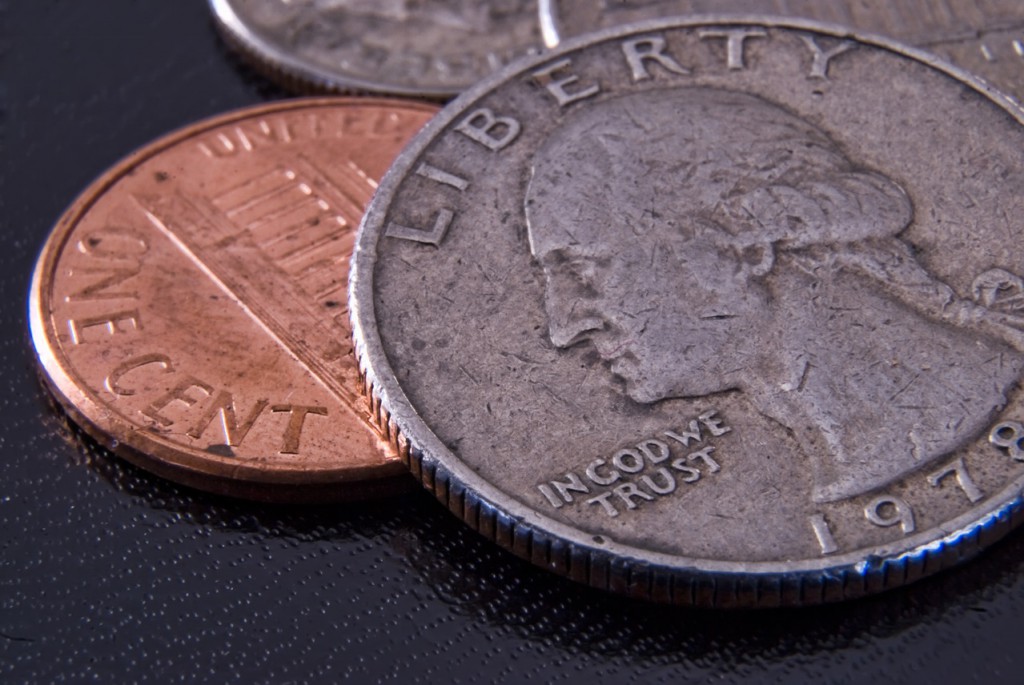Currently Not Collectible
What is “Currently Not Collectible” Status?
If you are currently experiencing IRS tax debt, you may qualify for Currently Not Collectible, (“CNC”) status with the federal government. CNC status is most often awarded to taxpayers who currently owe back taxes to the IRS and cannot make payments toward that tax debt. CNC status can also be awarded to a taxpayer that “cannot be located” or a taxpayer who has died with no collection potential from the decedent or estate. There are a variety of other reasons, but the most common is the situation where a taxpayer cannot afford the payments.
What happens if I fall under CNC status?
Once CNC status is given to a taxpayer, all collection activity on their account will halt until further notice. Levies placed on the taxpayer’s assets or garnishment placed on the taxpayer’s wages will also be released once CNC status is given to the taxpayer.
How can I qualify for CNC Status?
In order to qualify for CNC status, the IRS looks to see if the taxpayer can afford their basic living expenses and make payments towards the IRS tax debt. The IRS will look at national standards in order to determine if the taxpayer could afford their basic living expenses. These national standards are divided into five categories: food, housekeeping supplies, apparel and services, personal care products and services, and miscellaneous. The amount a person needs to cover their basic living expenses will also vary depending on the number of dependents in the taxpayer’s household.
What is a financial hardship?
The taxpayer must demonstrate significant financial hardship in order to qualify for CNC status with the IRS. This “actual hardship” can only be determined by a Revenue Officer at the IRS. The IRS will even look to see if the taxpayer has any assets that can be sold to pay off the debt. The IRS website explains that, “generally, these cases involve no income or assets, no equity in assets or insufficient income to make any payment without causing hardship.” If a taxpayer has some ability to pay that would not result in hardship, then they will not be given CNC status.
What about the statute of limitations?
One benefit of CNC status is that the statute of limitations will continue to run on the taxpayer’s tax debt. This means that while the taxpayer is under CNC status, the clock will still run on the IRS’s allotted time to collect the debt. So if a taxpayer remains on CNC status and their statute of limitations runs out then the IRS can no longer collect on the debt. The statute of limitations for the IRS to collect on a tax debt is generally 10 years.
However, it is important to note that penalties and interest continue to accrue while a taxpayer is under CNC status. So if the taxpayer cannot remain under CNC status past the statute of limitations, then they will have to make payments on the original tax debt owed along with added penalties and interest.
Will the IRS keep checking my financial situation?
Generally, the IRS will keep a close eye on taxpayers under CNC status. Some CNC cases even are assigned “mandatory follow-up” so the IRS can ensure that they will know if the taxpayer has the ability to pay. They will review the taxpayer’s financial situation to ensure that they still cannot afford to pay the IRS. Any indication that the taxpayer’s finances have changed or improved, and the IRS will revoke the CNC status so they can begin collecting on their debt. The taxpayer will periodically receive a Form 433A to declare their current financial situation. The form must contain accurate information regarding the taxpayer’s financial situation since the IRS will be scrutinizing it closely.
How CuraDebt Can Help
CuraDebt Tax employs a 3-phase approach to establish the best methods to solve your tax issue in the most favorable manner based on the unique situation you are currently facing
Phase One – Investigation
Our tax professional, when appropriate and needed, will request an immediate stay of enforcement with the IRS or State. After, you will undergo a rigorous financial analysis to identify your current and projected financials under IRS (and/or State standards), the master tax file will be pulled, tax transcripts will be obtained, then our tax professional will review them, penalty abatements qualifications are to be checked, statute of limitations on collection of tax debts will be evaluated, the possible resolutions (IA, CNC, PPIA, OIC, other) with pros and cons of each will be detailed, and lastly, the final recommended resolution will be provided to you.
Phase Two – Compliance
If needed, compliance is done by making sure missing tax returns are filed (or ones with mistakes are corrected). It is important to maintain compliant with IRS rules and regulations and ensure that future returns are in good standing. In some cases, by filing missing returns or fixing ones with mistakes, the taxpayer receives a refund from having overpaid in taxes.
Phase Three – Resolution
The recommended solution from the investigation is put into place to resolve your tax issue.
Obtaining CNC Status
CNC status can often be seen as a temporary solution to a tax debt problem, however, it can become a permanent solution depending on your financial situation. Our tax advisors at CuraDebt can guide you through your CNC application to obtain the best possible solution for your tax needs.

